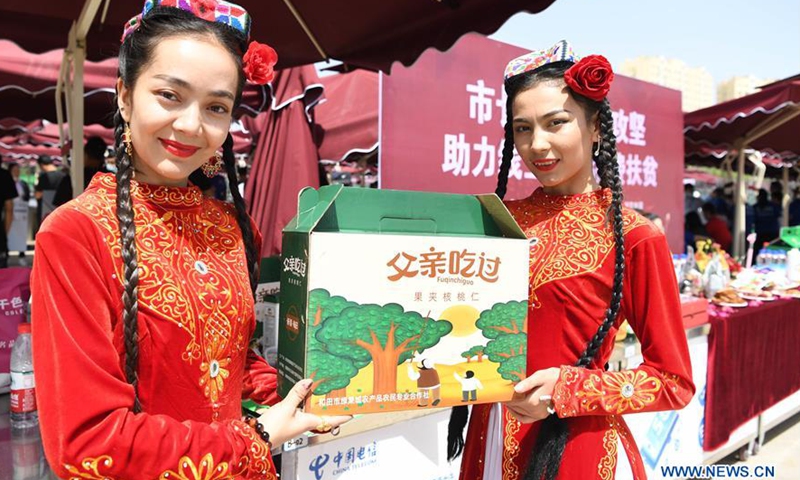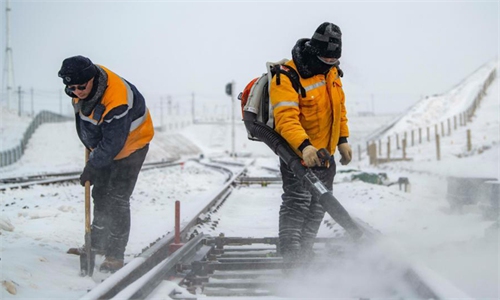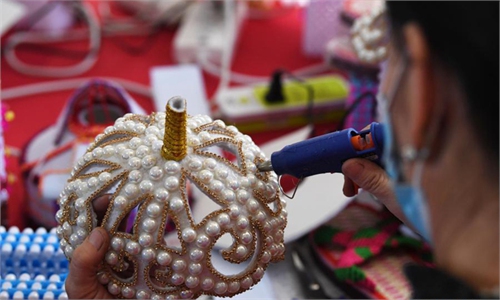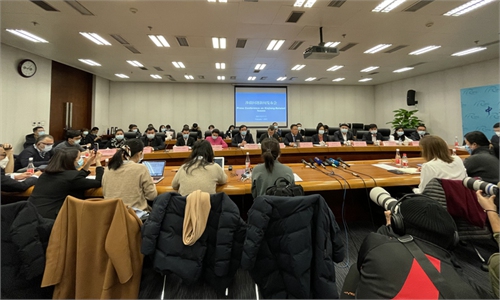
Girls display local specialities during a live-streaming activity at a jade trading center in Hotan, northwest China's Xinjiang Uygur Autonomous Region, May 27, 2020. Thanks to strenuous efforts from all sides, major progress has been achieved in Xinjiang.
Northwest China’s Xinjiang Uygur Autonomous Region on Monday set the region’s average annual GDP growth target for the 14th Five-Year Plan period (2021-25) above 6%, with per capita disposable income growing at the same rate, according to local government.
During the region’s version of the two sessions (akin to a session of parliament), the local government also vowed to create an average of 460,000 new urban jobs each year over the next five years, with the urban unemployment rate being controlled within 5.5 percent, local government’s news office said on its official Sina Weibo account on Monday, citing a government work report.
Xinjiang aims to step up efforts to develop its tourism sector to boost economic growth in 2021, hoping to welcome 2 million visitors this year and striving to accept home and foreign travelers of over 4 million by 2025, according to the report.
By the end of 14th Five-Year Plan period, permanent basic farm land will be kept above 41 million mu (2.73 million hectares) across the region (excluding Xinjiang Production and Construction Corps), and the grain output capacity to achieve 32 billion jin (16 billion kilograms), it said.
Xinjiang will aim to maintain its cotton production capacity stable at around 5 million tons, the output of fruits at around 12 million tons and output of animal farming exceeding 110 billion yuan ($17.03 billion), it continued.
In 2020, the per capita disposable income across urban areas of Xinjiang stood at 34,838 yuan, posting an average annual growth of 5.8 percent during the past five years. That in rural areas in Xinjiang was 14,056 yuan, up about 8.3 percent each year over the same period.
According to the report, over 70 percent of local government’s fiscal payment was used improving livelihoods during the 13th Five-Year Plan period (2016-20). The construction of new health centers in villages and townships in Xinjiang has reached 100 percent and has effectively eased previous pressure on medical access for complex and high expense treatments.
Meanwhile, the region’s poverty alleviation taskforce achieved several notable milestones over the past five years. By the end of 2020, a total of 3.07 million improvised people under current standards in Xinjiang have all shaken poverty, with all of the 35 poor counties having been lifted out poverty.
Global Times



